Festival of India enriches the U.S. cultural landscape and support Indo-American identity
Today, Indo-Americans organize hundreds of festivals annually.
 Representative Image / Pexels
Representative Image / Pexels
Indo-Americans have a history of cultural celebration that traces back to the early waves of Indian immigration. The first significant Indian immigrants arrived in the U.S. in the late 19th and early 20th centuries, primarily Punjabi Sikhs and Muslims who settled on the West Coast, particularly in California, working in agriculture and lumber industries. By the 1910s and 1920s, small communities began organizing informal gatherings to preserve their cultural and religious traditions, including festivals like Diwali and Vaisakhi. These early events were modest, often held in private homes or community halls, as the Indian population was small (estimated at around 2,400 by 1910) and faced legal barriers like the 1917 Immigration Act, which restricted further immigration until the 1965 Immigration and Nationality Act.
The post-1965 era marked a turning point, with a surge in Indian professionals (doctors, engineers, and academics) immigrating under the Hart-Celler Act, leading to the growth of the Indo-American community from about 12,000 in 1960 to over 1.8 million by 2020. This period saw the formal organization of larger festivals by community groups.
In the 1970s, organizations like the Association of Indians in America and local temple societies began coordinating public celebrations of Diwali, Holi, and Ganesh Chaturthi. Early documented large-scale events include Diwali mela (fairs) in New York and California cities around 1975, coinciding with the establishment of Hindu temples like the Sri Venkateswara Temple in Pittsburgh (1977).
By the 1980s, festivals became more widespread, with events like Holi celebrations in universities and community centers, often tied to the influx of international students. The 1985-86 “Festival of India,” a government-sponsored cultural exchange program, amplified this by bringing Indian performers, artisans, and exhibitions to U.S. museums and cities, inspiring local Indo-American groups to organize their own events. This festival, costing about $9 million and featuring art, music, and historical displays, was described as the largest of its kind and helped mainstream Indian cultural events.
Today, Indo-Americans organize hundreds of festivals annually. I, as the founding member of the Federation of Indo-Americans of Northern California, FIA, helped organize Festival of India in the year 1993 in Fremont, California for the first time. It is still continuing.
There are many other organizations celebrating Festival of India and most notable is Association of Indo-Americans (AIA) of Northern California which attracts a record number of diverse groups including hundreds of elected officials.
The value added to the Americas, particularly the U.S., includes Cultural Enrichment and Awareness, Strengthening Diplomatic and Community Ties, and Promotion of Diversity and Intercultural Understanding amongst other things.
Indian cultural festivals organized by Indo-Americans in the U.S., such as Diwali, Holi, and Navratri, offer many advantages as they attract diverse crowds and blend Indian traditions with American elements.
Jeevan Zutshi is the author of "The Last Smile – A Journey of Hope" and "Earth on Trial: Fighting the visible and invisible enemies". He is also the Executive Producer of a feature film "The Last Smile" which can be watched on Amazon.
(The views and opinions expressed in this article are those of the author and do not necessarily reflect the official policy or position of New India Abroad)
ADVERTISEMENT
ADVERTISEMENT
E Paper
Video


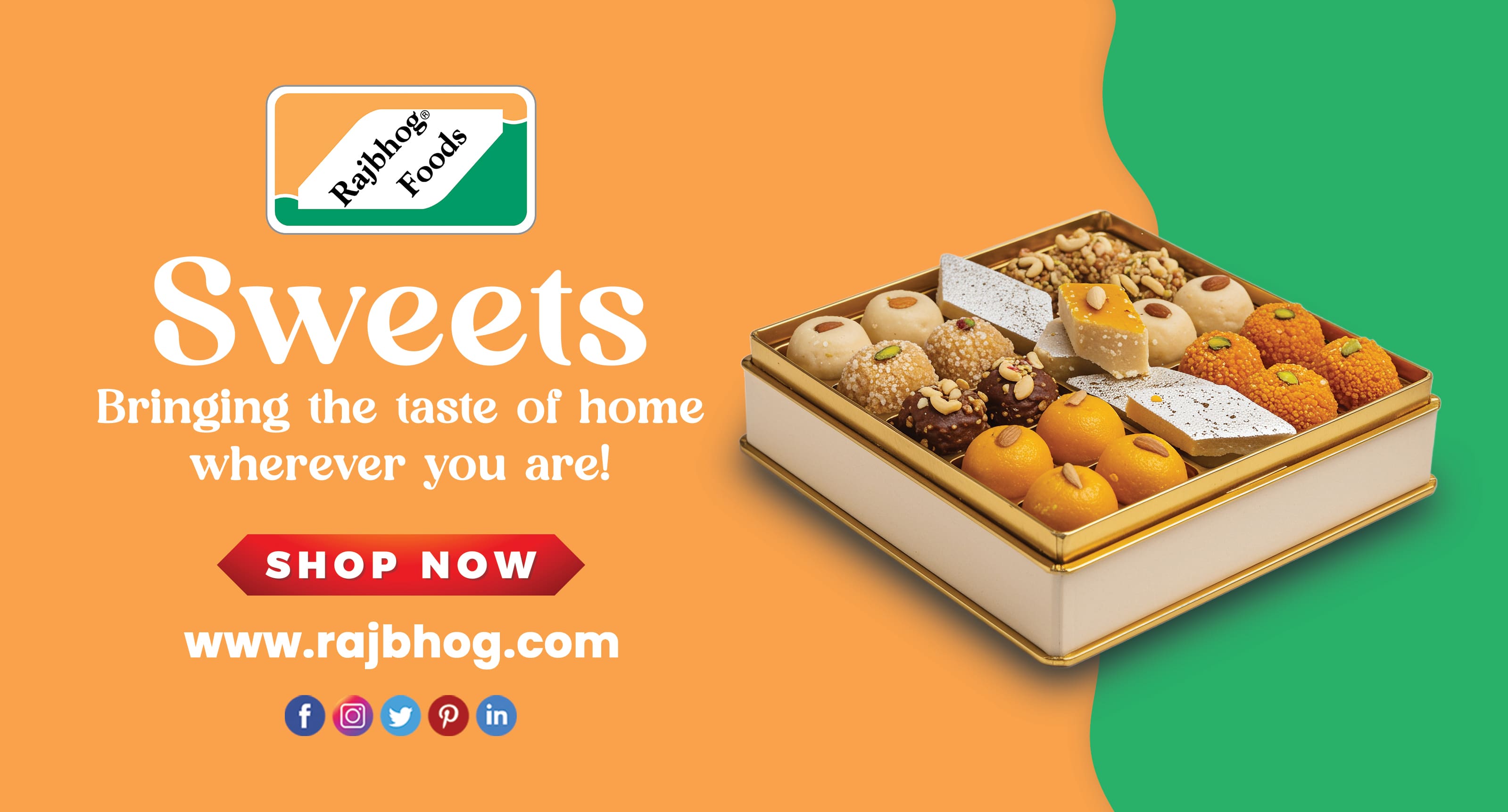
 Jeevan Zutshi
Jeevan Zutshi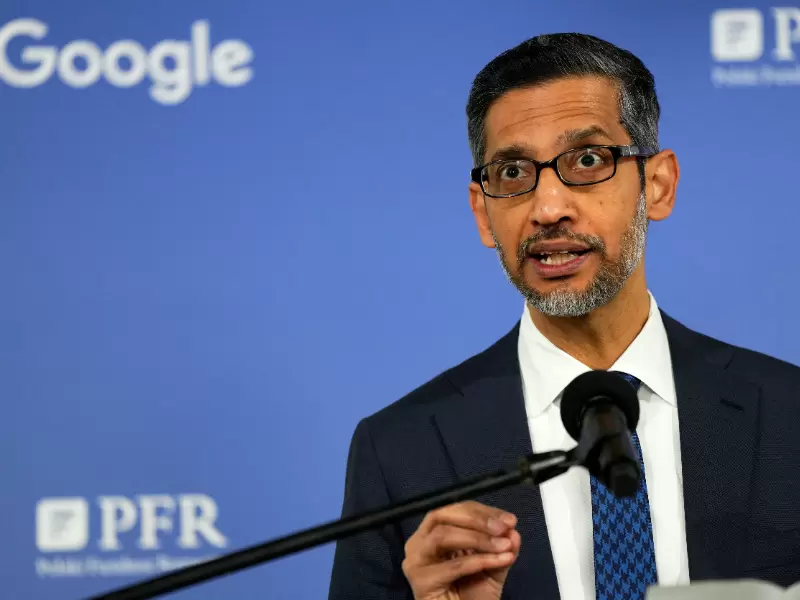
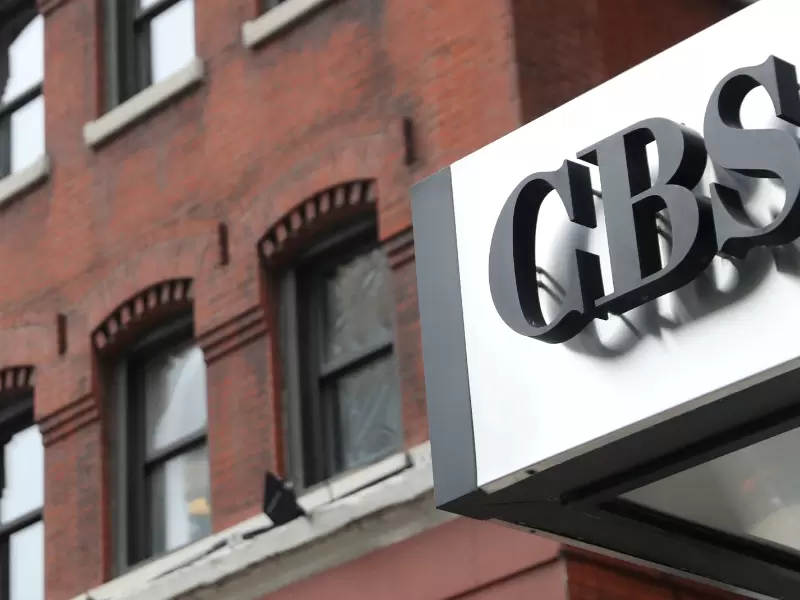
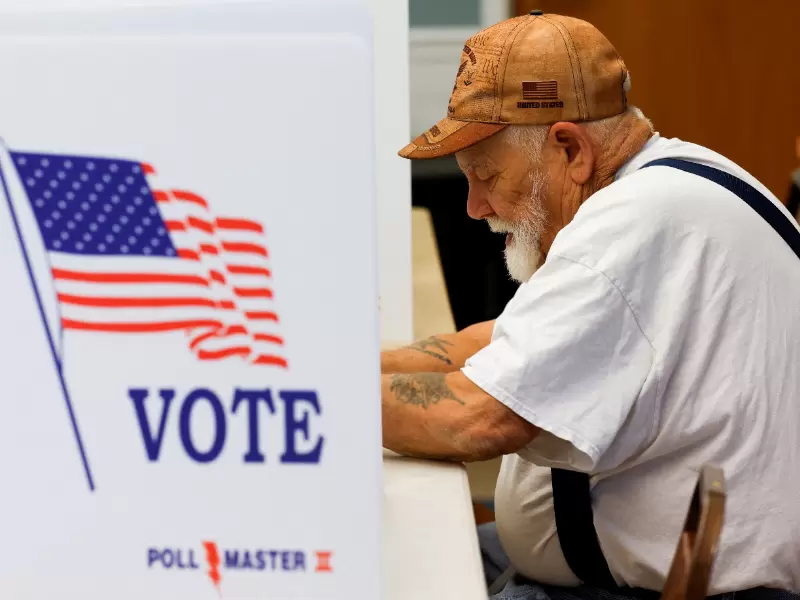
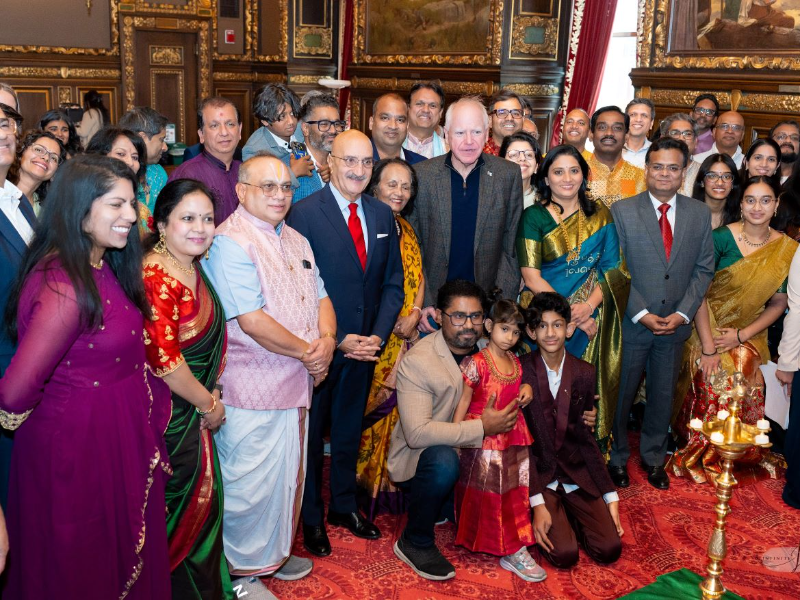
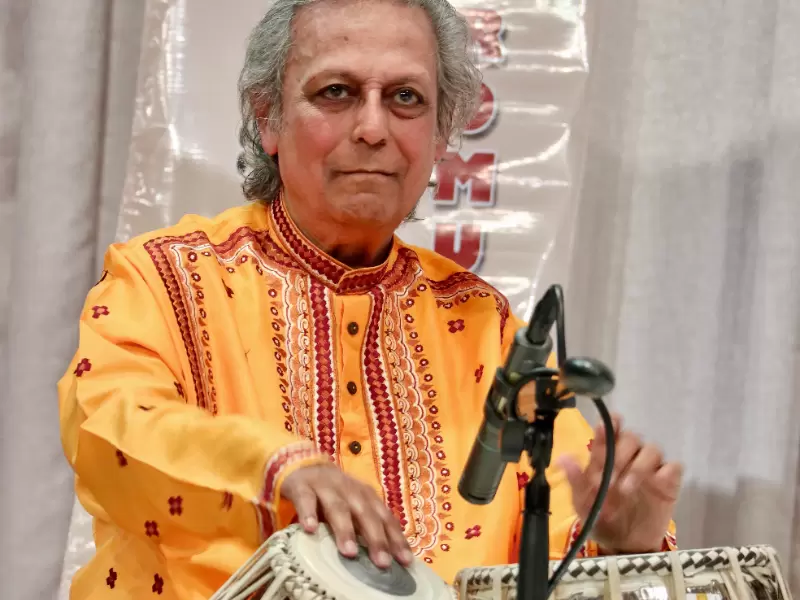
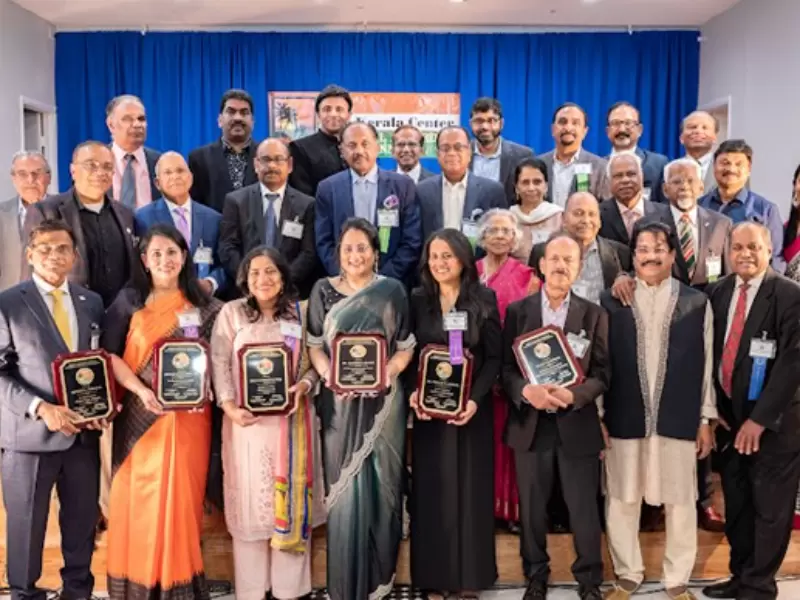
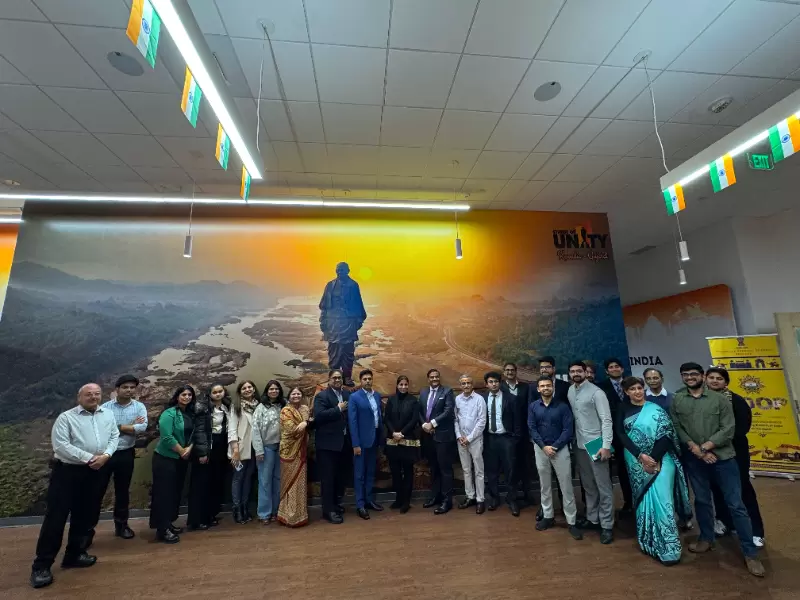


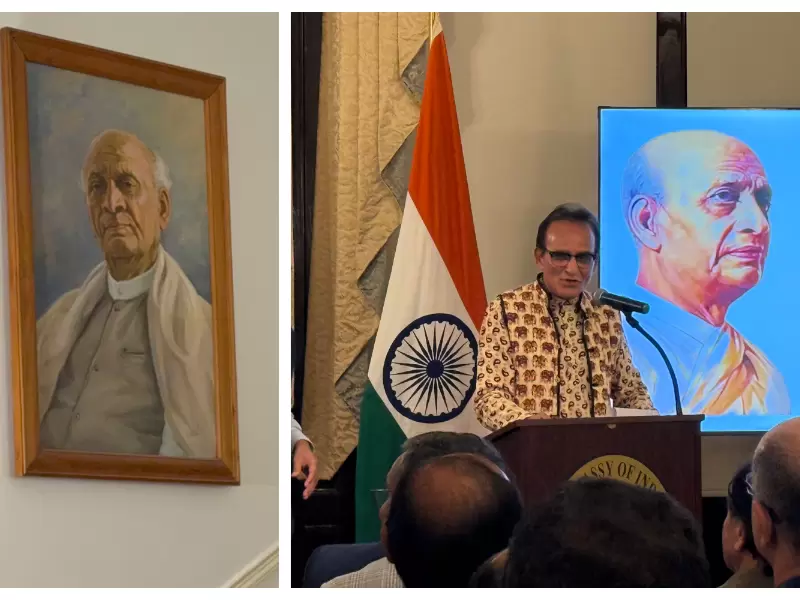
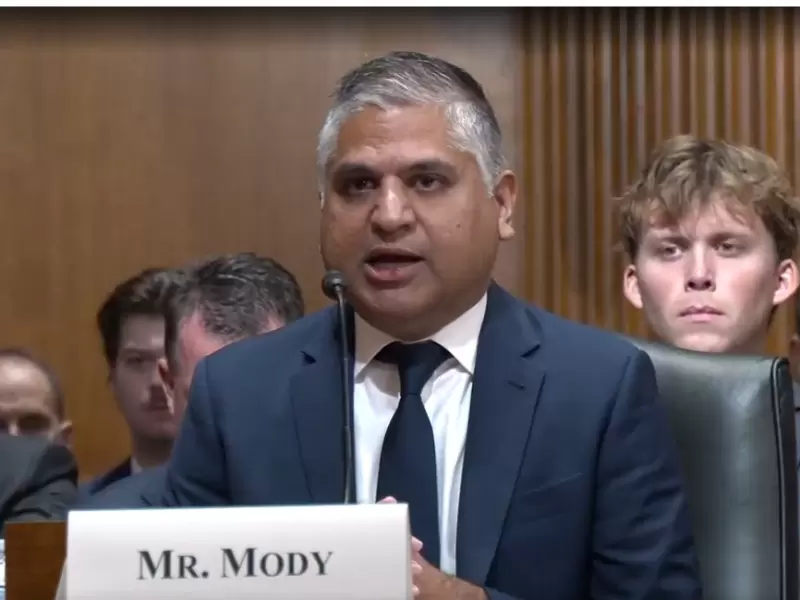
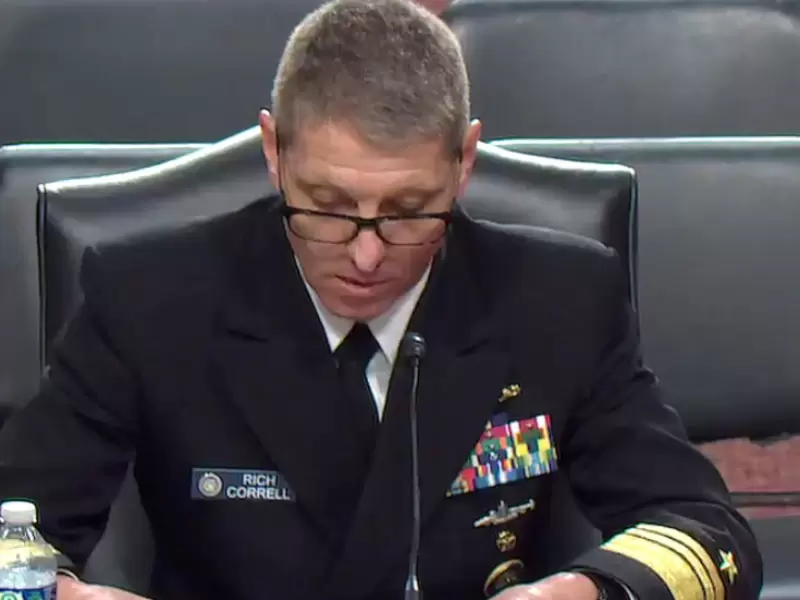

Comments
Start the conversation
Become a member of New India Abroad to start commenting.
Sign Up Now
Already have an account? Login